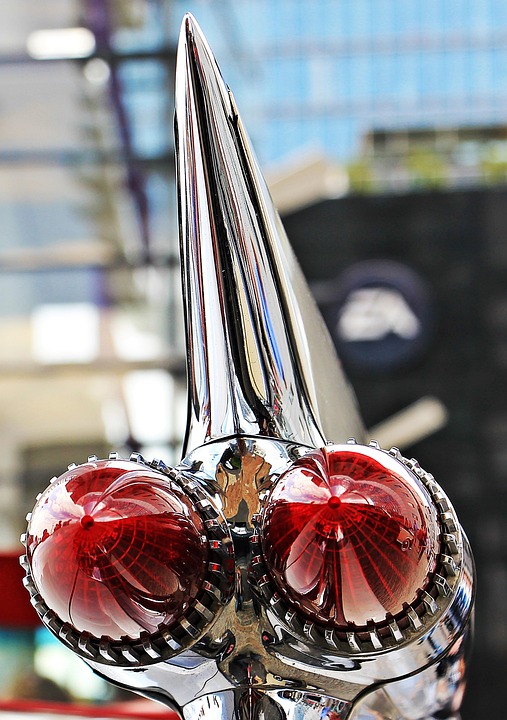How to Inspect a Used Car: A Step-by-Step Checklist for Buyers
Buying used cars can be an exciting yet daunting process. With numerous options on the market, it can be hard to know what to look for to ensure you’re making a sound investment. This article presents a comprehensive checklist for inspecting a used car, ensuring you don’t overlook critical aspects before making your purchase.
Understanding the Importance of Inspecting Used Cars
Before we dive into the inspection checklist, it’s essential to understand why inspecting used cars is crucial. According to a recent survey from the Automotive Leasing Guide, over 40% of used cars have undisclosed issues that can lead to expensive repairs later. By conducting a thorough inspection, buyers can save themselves from potential disasters and financial losses.
Initial Considerations: Research and Preparation
Step 1: Research the Vehicle’s History
Before inspecting a used car in person, conduct background research using services like Carfax or AutoCheck. These platforms provide valuable information about:
- Accidents and Service History: Understanding a car’s past can reveal whether it’s been maintained properly.
- Ownership Records: A car with only a few previous owners might be more reliable than one with multiple changes.
Gathering this information sets a solid foundation for your inspection journey.
Step 2: Prepare Your Inspection Tools
Assemble basic tools that will aid your inspection. Consider bringing along:
- A flashlight for examining hard-to-see areas.
- A tire tread depth gauge.
- A magnet to check for bodywork.
- A smartphone or camera to document your findings.
Full Body Inspection: What to Look For
Step 3: Examine the Exterior
Checklist for Exterior Inspection:
- Paint Condition: Look for mismatched paint or areas that appear too shiny; these could indicate repairs.
- Body Panels: Use the magnet to check for body filler, which might suggest previous accidents.
Example: Imagine you’re evaluating a used car from a distance. If the body panel feels uneven, you might be dealing with a vehicle that’s been in an accident, which could lead to more trouble down the road.
- Tires: Check for even wear across all tires and ensure they are inflated to the proper pressure.
Step 4: Assess the Interior
Checklist for Interior Inspection:
- Seats and Upholstery: Look for tears, stains, or smells. This can hint at how well the car has been maintained.
- Odor Check: A musty smell might indicate water damage; be sure to investigate further.
Step 5: Under the Hood
Check the engine compartment for:
- Fluid Levels: Inspect oil, brake fluid, and transmission fluid levels. Look for any signs of leaking.
- Belts and Hoses: Look for cracks or wear that may lead to problems.
First Drive: Assessing Performance
Step 6: The Test Drive
This is where your inspection becomes a vital part of the buying process. During the test drive, pay attention to:
- Engine Performance: Be mindful of any strange noises or vibrations.
- Braking: Ensure the brakes respond smoothly without squeaking.
- Transmission: Observe how the car shifts from gear to gear. Any hesitation could signal transmission problems.
Final Steps: Comprehensive Review
Step 7: Additional Documentation
Don’t skip the crucial step of obtaining important documents such as:
- The title of the vehicle: Ensure it’s clean.
- Service records: Verify work was done as needed.
Step 8: Consider a Mechanic’s Opinion
If you’re still unsure after your inspection, seek a professional mechanic’s opinion. Their trained eyes might catch potential issues you missed.
Conclusion: Making an Informed Decision
Inspecting used cars is not just about checking boxes; it is about ensuring your investment retains its value and operates reliably. By following this step-by-step checklist, you significantly reduce the risk of encountering hidden problems long after your purchase.
For more insights into buying used cars, check out our articles on Best Practices for Negotiating Car Prices and Understanding Vehicle Financing Options. Additionally, you can visit reputable external resources such as the National Highway Traffic Safety Administration for further guidance on vehicle safety and history.
Be diligent, take your time, and you’ll drive away satisfied with a successful purchase!
Multimedia Suggestions:
- Image 1: Alt text: "Used Cars – Inspecting the Exterior"
- Image 2: Alt text: "Used Cars – Under the Hood Inspection"
With a well-thought-out approach and this guide, you are well-equipped to inspect any used car confidently!


